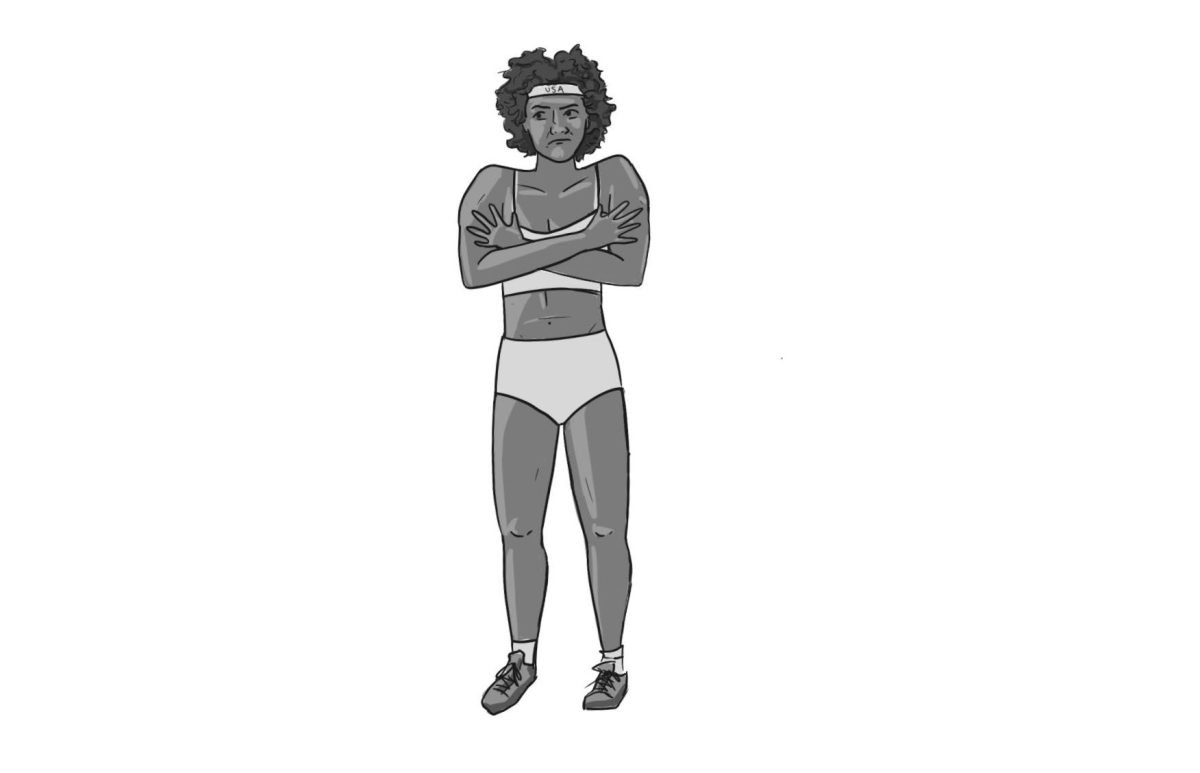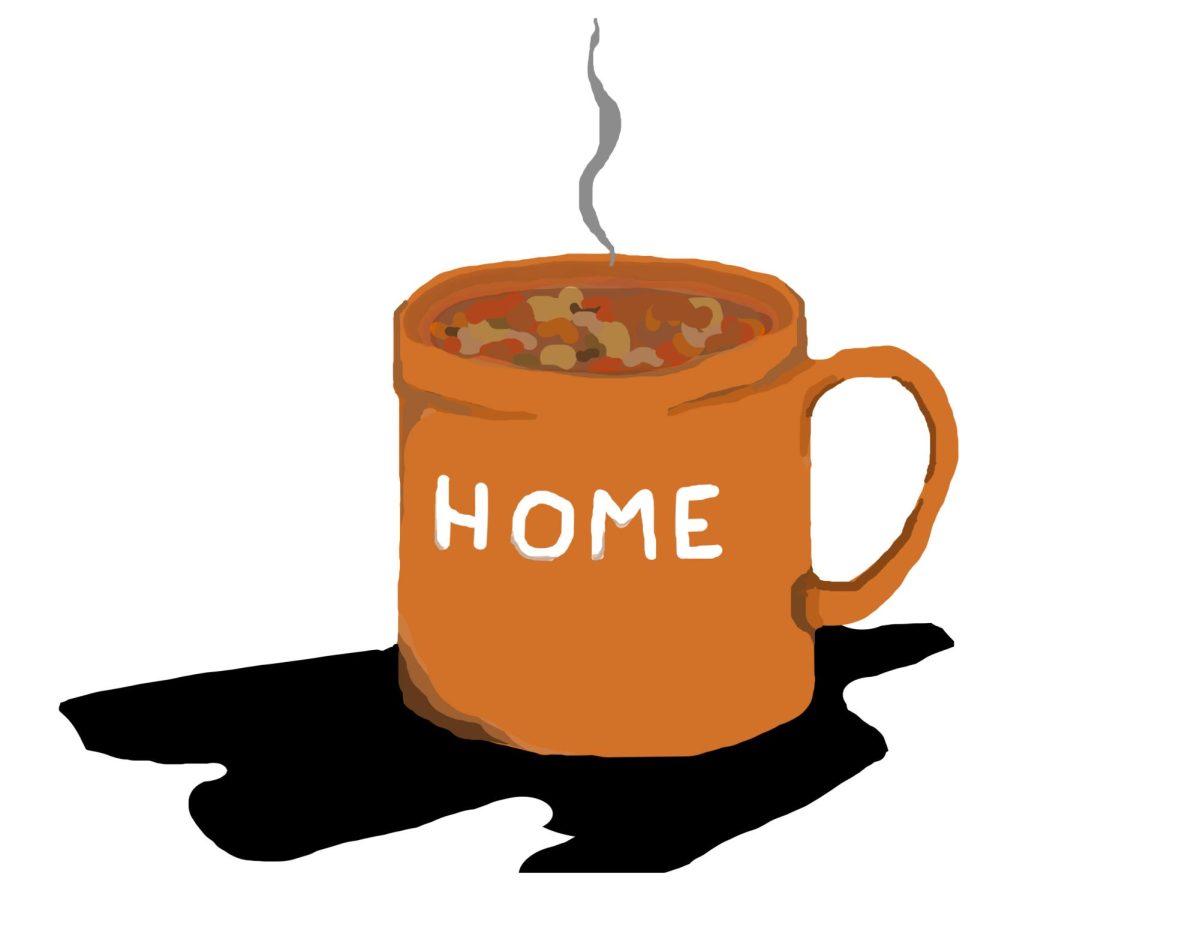For those of you who don’t get your news from “The Daily Show,” you might be surprised to learn that Jon Stewart has been off the air for a few weeks now due to the Writer’s Guild of America strike. Prime time shows are starting to be hit by production halts as well: NBC’s “The Office” aired its last completed episode the other week.
Incidentally, I support the writer’s strike. But that’s not what I’d like to focus on. Rather, I see a more worrying trend in the media coverage of the strike, which has been extremely misleading and downright insulting to creative artists of all sorts.
A brief summary for the uninitiated: The core issue of the strike is new media residuals. While writers have traditionally been paid residuals for reruns, they aren’t getting squat for ad-supported episodes available online. The new Web site for “The Daily Show,” for example, archives the entire show dating back to Stewart’s arrival in 1999, with each clip preceded by a short ad (“Sponsored by TiVo,” because irony is alive and thriving). The writers, aware of growing trends towards online content, are striking for an increase in DVD residuals and 2.5 percent of new media profits. The studios are resistant, citing uncertainty in the market. Writers have taken to the streets.
Media coverage of the strike has been extremely disappointing. Far be it from this humble student journalist to quibble with the behemoth that is the New York Times, but I have to take issue with their initial coverage of the strike.
“All of the trappings of a union protest were there: signs, chanting workers, an inflatable rat and a discarded bag of wrappers and cups from Dunkin Donuts,” wrote Times scribes David Carr, Brooks Barnes and Michael Cieply in a Nov. 5 article. “But instead of hard hats and work boots, the people on the pickets had arty glasses and fancy scarves.”
Writer-slash-director-slash-god Joss Whedon pointed out the obvious hilarity in this observation in his blog, writing, “Oh my God. Arty glasses and fancy scarves. That is so cute! My head is aflame with images of writers in ruffled collars, silk pantaloons and ribbons upon their buckled shoes.” But this ridiculous mental image speaks to a larger divide.
“Labor disputes in Hollywood may not inspire the sort of tingly feelings of fraternal solidarity with the common man associated with, say, an uprising of mill workers,” writes Benjamin Svetkey of Entertainment Weekly. Like his counterpart at the Times, Svetkey appears to view “working writers” as an oxymoron, showing an appalling devaluation of art and creativity.
As liberal arts students, I’m sure many of us have encountered the blue-collar/white-collar divide, the idea of the hard-workers versus the cushy-lifers. And it’s true to some degree: Despite varying backgrounds, while at Whitman we spend a lot of time theorizing and living in our heads. I could’ve gone to a vocational school, but I value the emphasis on critical thinking and broad study that Whitman provides.
Often, WGA writers admittedly earn more than their counterparts on the crew: the production people who’ve taken a hit as innocent bystanders in a war of wills. But to imply that writers are fundamentally less worthy of sympathy than physical laborers is downright ridiculous. Unlike the piles of reality shows that might replace them, writers provide much-needed intellectual depth in television programming (or at least have that potential; I won’t argue for the intellectual depth behind “One Life to Live”).
Writers take other jobs to fund their passion all the time: perhaps not in a mill, but surely in innumerable restaurants and temp agencies. Forty-eight percent of WGA members are unemployed at any given time and rely on residuals until their next gig. It’s a highly competitive market and unstable lifestyle, and they at least deserve respect if not support when rallying for fair payment.
It’s not just wayward journalists who perpetuate the stereotype, unfortunately. The WGA itself is complicit in spreading this image of what my esteemed mother would likely call “artsy-fartsiness.” The guild recently held a “Picketing with the Stars” day in which cast members from various high-profile shows came out to march in support of their writing staffs. Said WGA member and “Daily Show” correspondent John Oliver in an interview with Gothamist, “The main hope is that this is over fast, so if it takes an actor turning up and handing out donuts for the press to take pictures, then so be it.”
Oliver, despite his ever-endearing caricatures, is wrong. Perhaps the WGA is under the impression that it needs big names to get the word out, but in my mind, it’s a strategy that works against them.
To the American public, sympathizing with Tina Fey is about as distant a concept as sympathizing with Sumner Redstone. She’s certainly got more sex appeal, I grant you that, but I will not be joining the picket lines to fight for her residuals any time soon. “Picketing with the Stars” reinforces the Hollywood stereotype that journalists have perpetuated by lumping the Hollywood super-elite in with everyone else. I don’t want to stand in solidarity with freakin’ Zach Braff; I want to stand in solidarity with one of the many no-name writers that go unheralded.








T. Barnes • Dec 6, 2007 at 12:38 pm
The writers are striking against the AMPTP which represent the six media conglomerates (i.e. General Electric, Time Warner, Disney, Fox News Corp, Viacome and CBS). Not only do they dominate the entertainment industry, they also own the press, so news reporting about the strike is not only, as you say, extremely misleading it is down right under reported to protect their interests.
I’d like to clarify that the average H’wood writer makes $62,000 a year. But the only 48% of guild members are employed at any time. It can be many years before a writer is employed again, so the residuals are important to sustain them during the lean years to help cover medical insurance and mortgages.
If the writers cut a bad deal, this will affect labor unions across the board so that’s why you’ll see the Teamsters, SAG and DGA supporting this strike.
I’ve been producing a daily podcast from the picket lines entitled the Writers’ Strike Chronicles. In it, I interview the men and women who are affected by this strike. It’s free to download in iTunes.